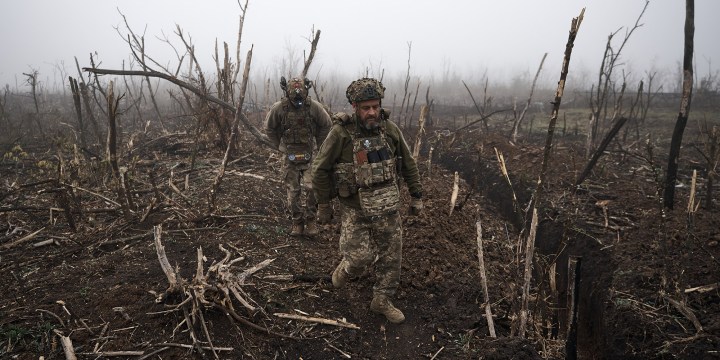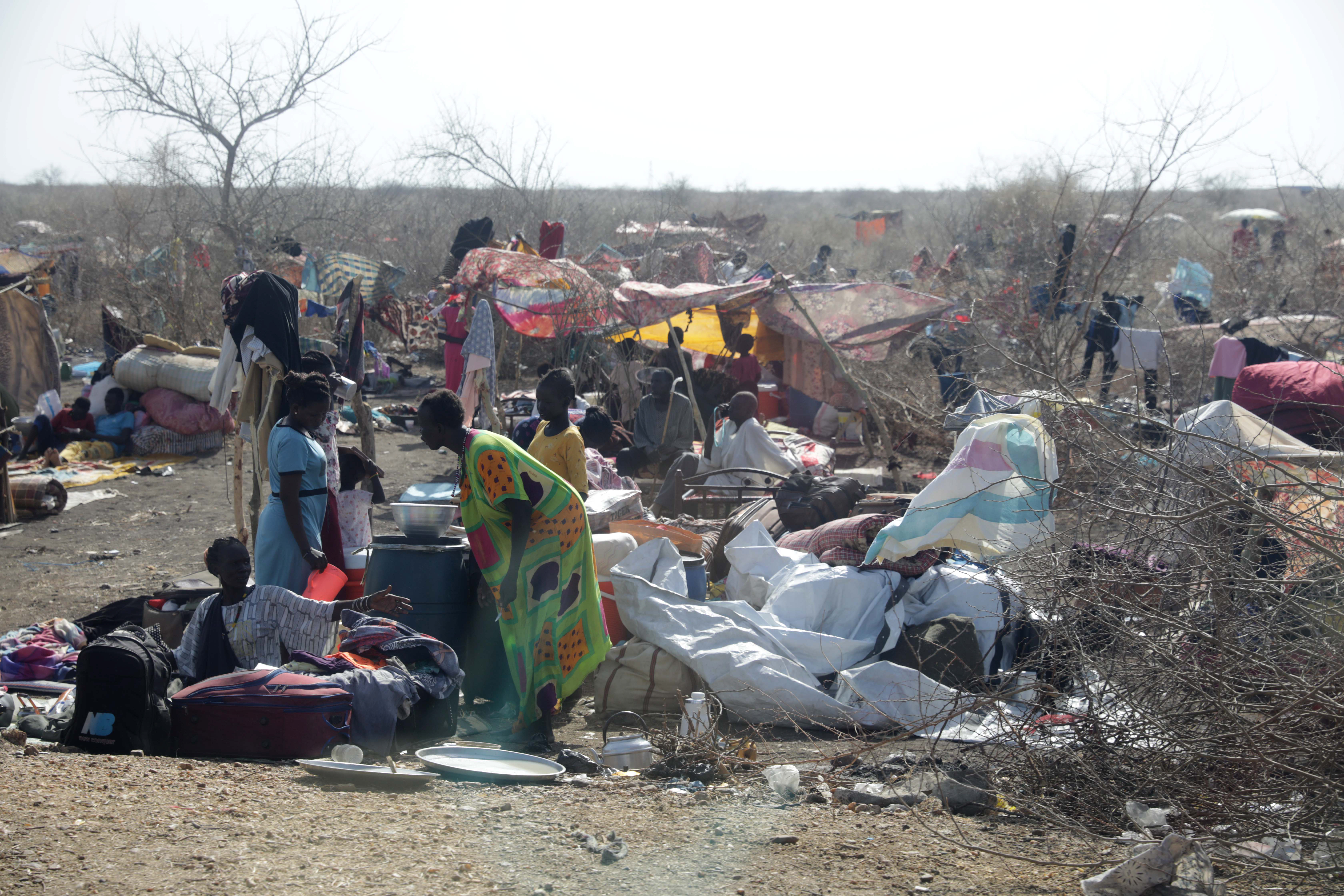ISS TODAY OP-ED
World at war worsening global carbon footprints with little scope for critical climate change action

Climate change is a threat multiplier and a security risk. War and conflict are now returning the favour.
Since the Hamas attack on Israel on 7 October, the world has seen the unfolding of possibly the worst humanitarian crisis in the Gaza Strip. This runs parallel to the Ukraine war and several African conflicts — all markers of a world at war. Three of the 10 Economist Intelligence Unit critical global risk scenarios for 2024 are military conflict-related.
The African Union Peace and Security Council has highlighted the climate-development-security nexus as a strategic analysis tool. Globally, there’s growing acceptance of climate as a threat multiplier, with extreme weather events and higher levels of global heating catalysing potential conflict. The United Nations (UN) Framework Convention on Climate Change emphasises how climate change can exacerbate conflict.
What do war and conflict mean for climate risk? An obvious answer is that they generally divert political attention and investment focus. This has been the case with the Ukraine war and will almost certainly be so with Gaza’s war. This has a huge impact on commodity access and affordability.
On 30 October, the World Bank said the current Middle East conflict could bring a “dual shock” to global commodity prices. Looking at oil prices, it says a regional expansion of events in Gaza could produce a “medium disruption scenario” akin to the Iraq war that started in 2003.
That would see an oil production deficit of three to five million barrels per day, pushing up the price by 21% (initially 35%). A “large disruption scenario” with an impact on the scale of the 1970s Arab oil embargo would see a six to eight million barrels per day supply curtailment with a 56% price increase, after a 75% initial shock.
Although climate change responses mean we must rapidly move away from fossil fuels, the global economy’s current addiction to oil and coal will increase oil prices, particularly food price inflation. These chains and dependencies are well described. The effect on the UN’s Sustainable Development Goals will be intense, especially on poverty and hunger.
Security regressions
The move towards national security-first policy around the world, but particularly in the global north, will intensify. That will see energy security returning to the old mainstays of oil, gas and coal. There has already been a visible rise in fossil fuel demand and a significant change in the strategy of the oil majors, with either a reversal of net zero pledges or alterations in the decarbonisation timetable.
Read more in Daily Maverick: Spending on global fossil fuel subsidies in 2022 shattered all-time records – report
In addition, as a direct contributor to climate change, the global military carbon footprint currently accounts for 5.5% of global emissions. This exceeds Africa’s entire carbon footprint at less than 4% of global emissions. This is troubling, especially as the rate, frequency and intensity of climate-related extreme weather events increase worldwide.
Another factor is the forced movement of people. In June 2022, the UN Refugee Agency said war and violence were responsible for the forced displacement of 110 million people. The main theatres are Ukraine, Sudan, the Democratic Republic of the Congo, Myanmar, Somalia and Afghanistan. Depending on its duration and intensity, this could increase due to the Gaza war. For recipient regions and countries, refugees further strain resources that could have helped with climate change responses.

People who fled the violence in Sudan, sit at informal shelters near the transit area set by the UNHCR in the Upper Nile State town of Renck, South Sudan, 12 May 2023. (Photo: EPA-EFE/Amel Pain)
Many developed northern countries are expected to fulfil their pledges of $100-billion a year to help the south with climate adaptation and mitigation, and then contribute to a Loss and Damage Fund.
But the financial costs of war and war support will leave fewer resources available for climate actions. Science and innovation efforts will also be redirected towards the war enterprise, again with an opportunity cost for our ability to deal with climate change innovatively. By destroying lives, human capacity and infrastructure, war drastically diminishes climate resilience capacity.
War and conflict inevitably see an economic reprioritisation and diminished resources for development. This compounds the already disruptive impact on the social tapestry, with the additional factor of increased refugees.
The exacerbation of climate risk has many facets. Vital infrastructure (such as dams, roads and bridges) is destroyed either directly or through diminished maintenance and the capacity to operate. There is also damage to environmental assets that serve as a bulwark against climate disasters, including resilience to extreme weather and a reduction in critical decarbonisation investments. The result is increased climate risk at local, national and regional levels, which increases the potential for existing conflicts to escalate.
Climate change threatens security at all levels. War and conflict return the favour multifold by limiting our ability to respond adequately to climate-related disasters and build climate resilience. DM
Dhesigen Naidoo, Senior Research Associate, Institute for Security Studies (ISS) Pretoria.
First published by ISS Today.



















 Become an Insider
Become an Insider
Wow, just WOW!
And yet Greta’s greatest concern is now no longer the environment …
Remind me what Greta’s greatest concern is currently?